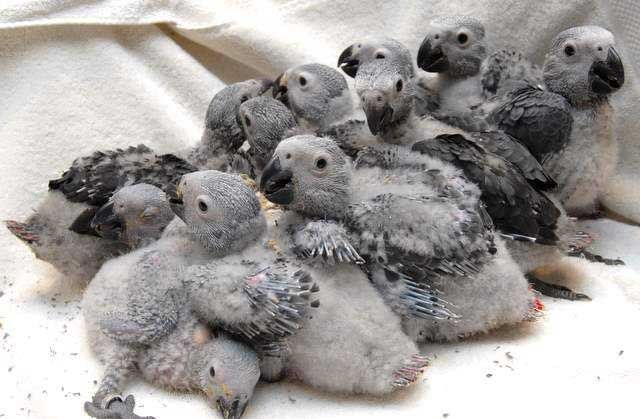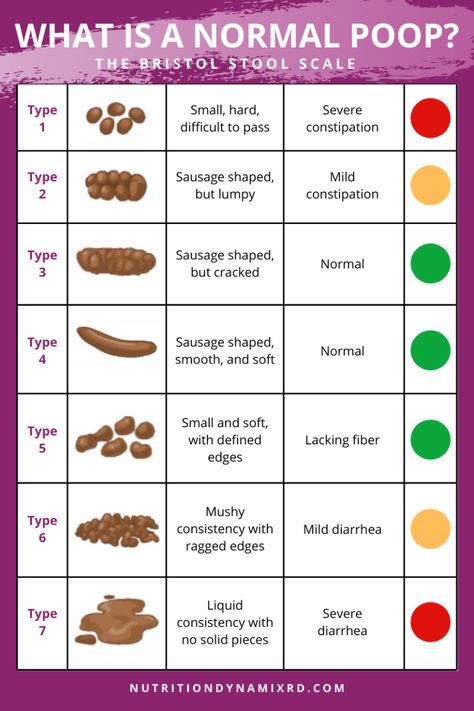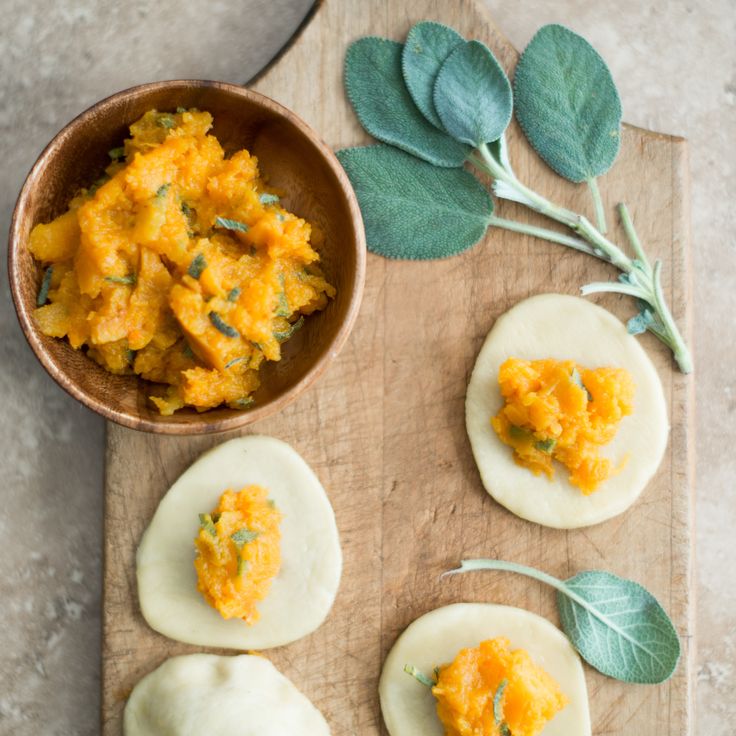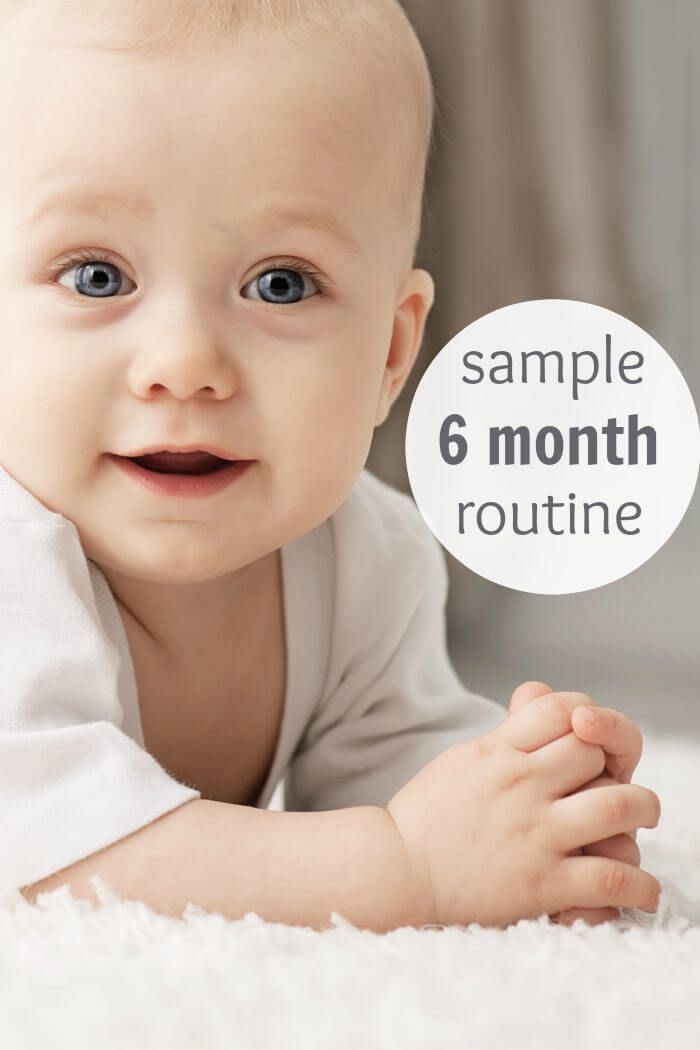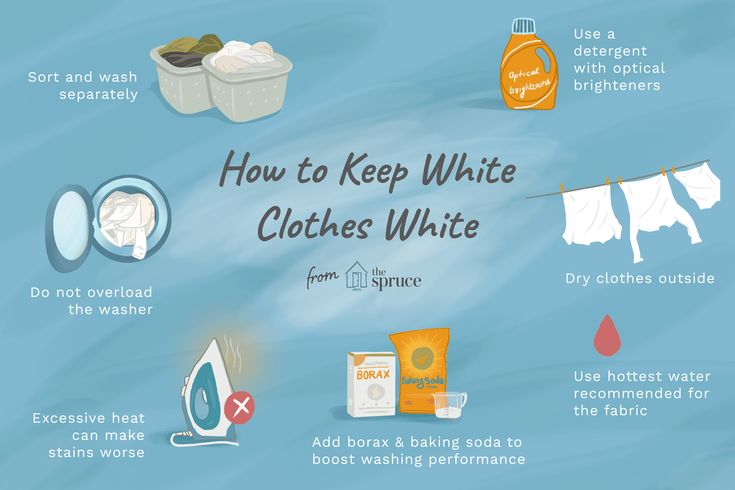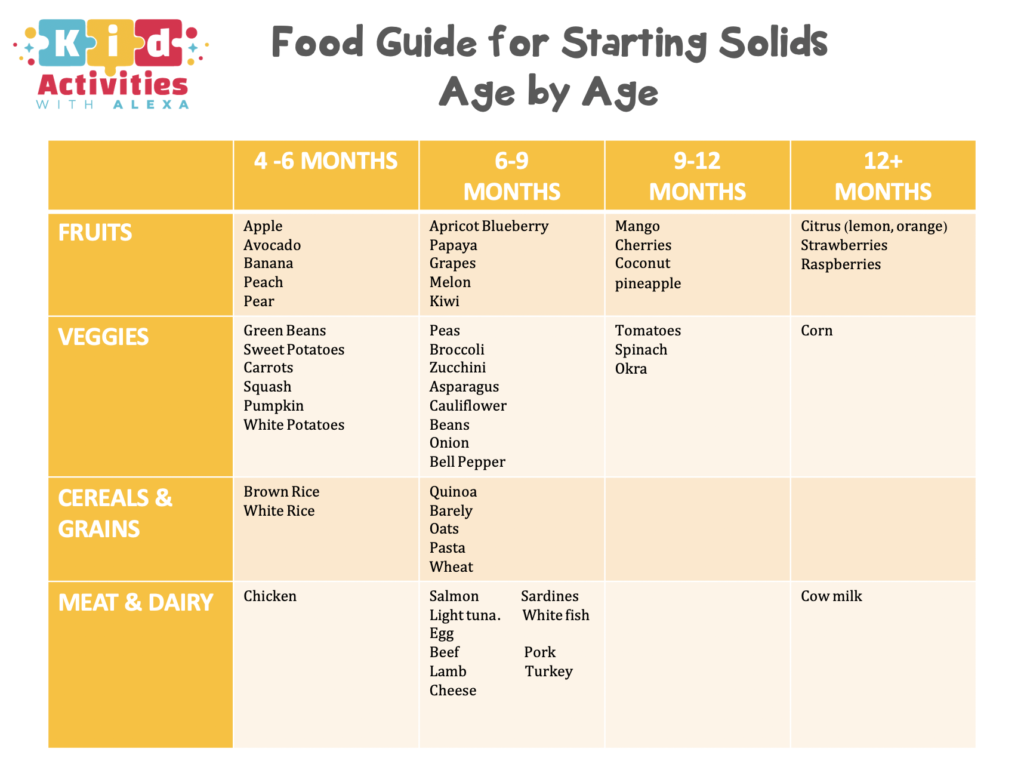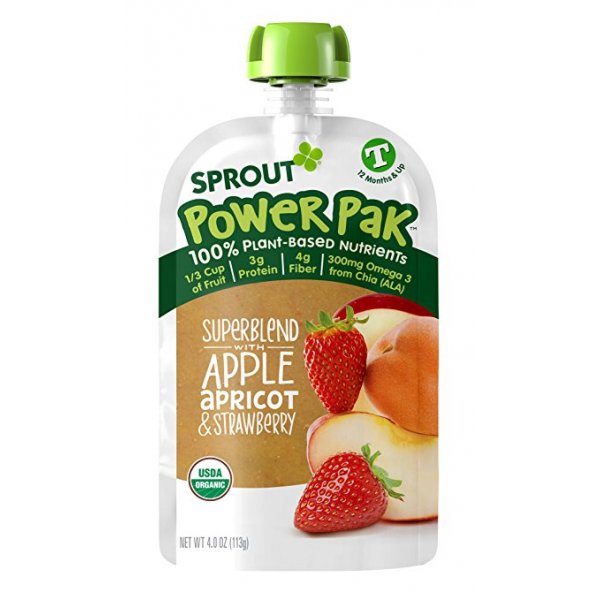Feeding baby african grey parrots
How Do I Hand-Feed an African Grey?
By Karen Mihayloi Hemera Technologies/PhotoObjects.net/Getty Images
African greys are usually attentive parents, but occasionally a clutch is abandoned and hand-feeding becomes necessary. An ill bird can also require hand-feeding. Hand-feeding an African grey parrot isn't difficult, with proper training and a little experience. To be prepared for an emergency when breeding African greys, ask your avian veterinarian or a reputable breeder for hands-on training before the eggs begin hatching.
Properly Prepared Formula Is Essential
Leave the baby in his nest or brooder while you clean and disinfect the preparation area, wash and dry your hands and prepare the formula. Mix warm bottled water with powdered formula, using a commercial baby parrot formula specifically formulated for African greys. Never heat prepared formula in a microwave; hot spots can burn the chick. Follow the manufacturer's directions carefully; dilution rates and feeding schedules vary according to the chick's age. Malnutrition, dehydration or an impacted crop are some of the problems that improperly diluted formula may cause.
Keep the Formula Warm
Use a thermometer to ensure the formula is between 103 and 108 degrees Fahrenheit, leaving it in the food during feeding. To keep the formula at the proper temperature, lower the feeding container into a bowl of very warm water. Stir the formula and check its temperature each time you fill the feeding syringe. Proper food temperature is crucial for healthy weight gain.
Initiate a Feeding Response
Keep your chick warm and away from drafts while feeding him. Gently touch the soft pad at the inner edge of his beak with the filled feeding syringe to initiate a feeding response. When the chick opens his beak, angle the syringe behind his tongue, toward the back or sides of his throat, avoiding the windpipe located in the center of his throat. Slowly depress the syringe while the crop, a pouch on the front of the chick's throat, plumps up. Don't allow the crop to overflow.
Don't allow the crop to overflow.
Clean the Chick After Feeding
Baby parrots are messy eaters, and must be cleaned immediately after being fed. Using a cotton swab moistened with warm water, thoroughly clean inside the beak. Any food particles stuck here can turn sour, which may cause a bacterial infection. Carefully clean his face with a soft, moist cloth. Even his nostrils may contain caked formula. Dry him thoroughly, and replace him in his brooder or nest to avoid a chill.
Allow His Crop to Completely Empty
An African grey chick's crop must empty at least once each day. Failure to allow emptying of the crop may result in sour crop and bacterial infections, the two most common problems seen in hand-fed chicks. Let the chick go unfed for seven hours overnight, which allows the crop to empty completely. Other potential problems include malnutrition, pneumonia caused by aspirated formula and health or behavioral problems caused by early weaning.
References
- BirdChannel.
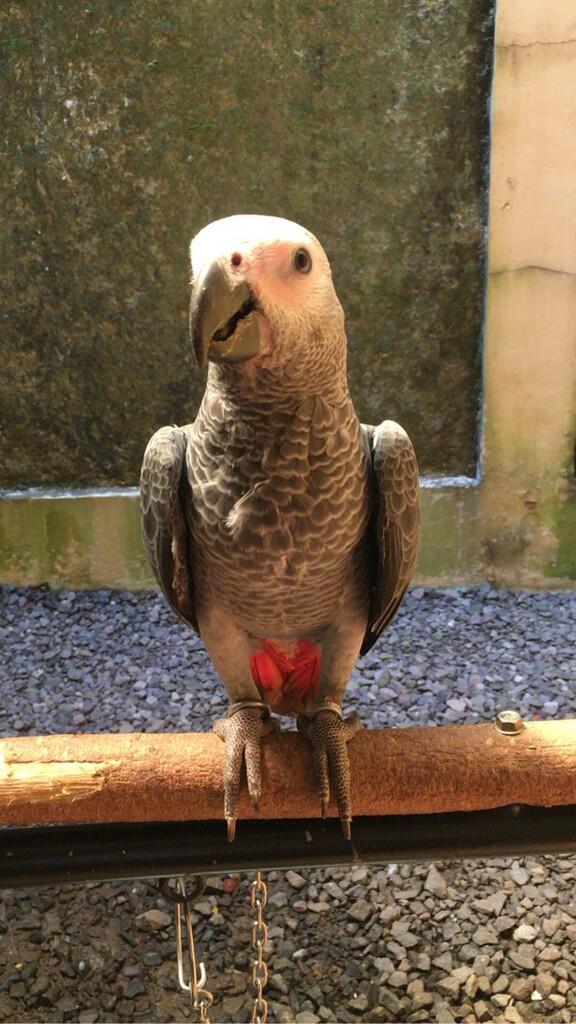 com: 14 Parrot Hand-Feeding Tips
com: 14 Parrot Hand-Feeding Tips - Hilltop Animal Hospital: Hand-Raising and Hand-Feeding Baby Birds
- Arizona Parrots: Dangers of Hand Feeding Baby Birds
Photo Credits
Writer Bio
Karen Mihaylo has been a writer since 2009. She has been a professional dog groomer since 1982 and is certified in canine massage therapy. Mihaylo holds an associate degree in human services from Delaware Technical and Community College.
Feeding your new baby - The world of African Greys
BRINGING YOUR BABY GREY HOME - FEEDINGBy: Christine Wanger
Young African Grey Parrots will learn to wean on to solid food at around the the age of 12 weeks. But just because a bird has been seen to eat solid food, this does not mean that the weaning process is done and your bird's hand-rearing formula can be forgotten. Many African greys can still be reliant on you for 'Top-up' feeds for many weeks to come. This is something which many breeders will not tell you as they want to farm the young birds out as soon as possible to keep costs as low as they can, get their cash and be sure the bird is still young and tame.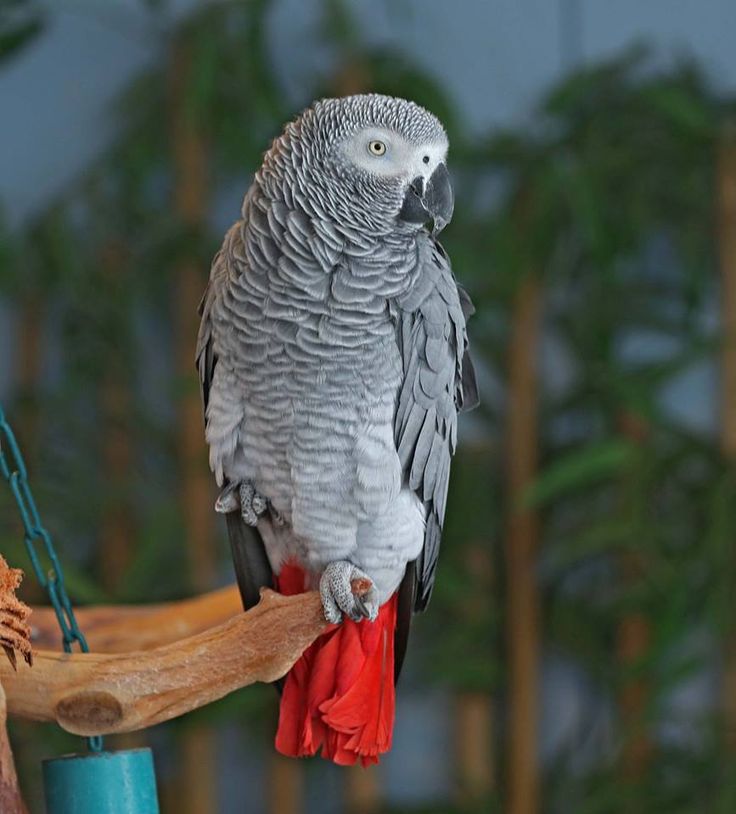 Unfortunately many birds are sold as weaned and die of starvation a few days after being sold as the owner will not be informed that top up feeds are required. A bad scrupulous breeder will not care for the bird's fate as long as they get their hands on your cash! These kind of people will never offer you a refund, their only concern is the cash.
Unfortunately many birds are sold as weaned and die of starvation a few days after being sold as the owner will not be informed that top up feeds are required. A bad scrupulous breeder will not care for the bird's fate as long as they get their hands on your cash! These kind of people will never offer you a refund, their only concern is the cash.
Be prepared!
There are a few things you can do to prevent your newly purchased bird from starving to death. Firstly you need to be prepared! Ask the breeder what hand rearing formula the bird has been reared on and ask if you can purchase some. If they will not sell any to you or say they don't know, then buy one of the brands available in pet stores which say they are suitable for African Grey parrots. There are many good brands available on the market, the store owner may be able to advise you. Secondly ask the breeder if the bird was syringe fed or spoon fed. This will make booster feeding for you much easier if you have the right equipment that the bird will recognise and realise it's food time.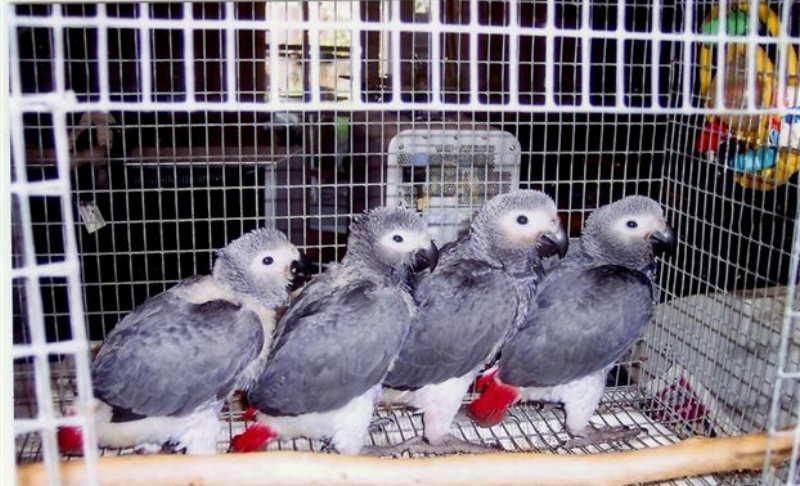
Is my new home ready?
When your bird arrives home with you, the cage and feed pots should already be in place. When setting up the cage remember that a young Grey will not be very good at climbing around and getting from perch to perch with ease. Most birds have come directly from a cage where they have been either on a perch very low to the bottom of the cage or even just the flat surface at the bottom of a cage. So it is very important to set up the cage with the perches placed down low in the cage until your bird learns to climb around. If your bird is having problems getting around the cage, it may have difficulties getting to the food and water pots too. I find it best to place the pots on the bottom surface of the cage away from the perch so they don't poop in it, weaning birds find it far easier to eat while on a flat surface rather than while perching. Also avoid water pots that are too deep as the bird may get chilled if it keeps falling into or standing in the water pot.
*Your birds main food pot should include a pot with at least half pellets and half seed mix. You should ask your breeder whether your bird has been weaned onto pellets or seed. Most will say seed as it is the cheaper option but a pelleted diet is so much more healthier and young birds are more willing to try them. Many young birds have difficulties shelling the seeds in their mix- this is usually something they will learn to do from their parents. So always try pellets- get them eating healthy while young!
Ok so your new bird is now home with you and settled - fantastic! After a few hours of being with you you will need to offer the bird some of the hand rearing formula which you have purchased. A great way to tell if your bird is hungry or needs topping up is to hold the bent teaspoon or syringe in front of your birds beak. If your bird is hungry it will recognise the feeding instrument and may begin to grab at it with its beak and flap its wings. If this happens be prepared as it can get messy until you master the art of hand feeding!
If this happens be prepared as it can get messy until you master the art of hand feeding!
Mix the formula as directed on the packaging and allow it to cool! *A good tip here is the temperature when ready to feed should be warm and not hot - you should be able to poke your finger into the centre without any burning, just a comfortable warmth. Your bird should only take a few teaspoons until it is full up. Make sure that you try to keep the formula away from the feathers and clean your birds beak after as it will matt the feathers and stick into a hard messy lump on the beak and feathers if not cleaned up. Job done!
DIET SHEET FOR WEANING BIRDS around 12 weeks old plus.
* A supply of fresh seed mix/pellets should be available all of the time.
Remember- your parrot will be unsure of how to shell seeds at this point and it may take lots of practice so the amount of seeds which are eaten will be minimal and other foods need to be offered. Weaning your bird onto a pelleted diet is a much healthier and easier option!
Weaning your bird onto a pelleted diet is a much healthier and easier option!
*A fresh supply of water should be available all the time.
*The first stage in weaning your African Grey is to gradually reduce the amount of hand rearing formula feeds. So firstly aiming at 3 feeds per day these should be equally spaced at about 8 hours apart. so for example:
*7am
*3pm
*11pm
*Inbetween feeds a fresh supply of fruit and veg should be offered. for example, between 7am and 3pm offer a dish of fruit and between the 3pm and 11pm feed offer a dish of vegetables.
* See list of safe fruit and vegetables for Ideas. At weaning age it is a good ides to offer fruits and veggies in small pieces. Peas and sweetcorn are often readily taken raw or cooked.
*Parrots are not keen on cold straight from the fridge foods and it can upset a young birds tummy so always try to serve at room temperature.
*Veggies are best served warm and are often refused when they have turned cold.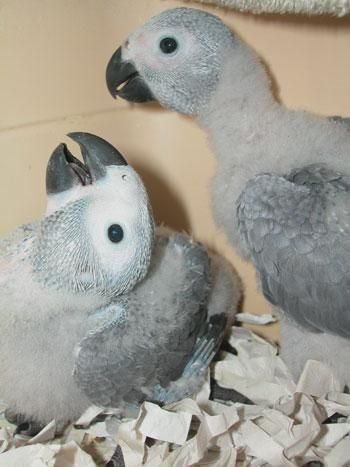
* Always remove any spoiled dirty foods immediately.
*Other foods can also be offered inbetween feeds. This is a good opportunity to offer things such as sprouted seeds and pulses, soft low fat and easy to eat foods such as scrambled egg, hard boiled egg (chopped), chopped roast chicken breast ( no bones), white boneless fish, a few sprinkles of grated cheese, boiled rice or pasta, a very small amount of biscuit crumbs, millet spray or seeds, wholegrain healthy cereals either soaked in soya milk or eaten on their own. Boiled sweet potatoe I find is also very well consumed at this age as it has a soft mushy consistancy.
As your bird gradually learns to eat more during the day, feeds can be reduced to 2 feeds per day, so one in the morning and one at night time just as top ups to ensure your bird is eating enough. These two feeds can be given for many weeks to come until your bird refuses them and decides he/she no longer wants them.
*African Greys do not like to be rushed through the weaning process so do not be in too much of a hurry to drop the final 2 feeds. In the wild African Greys do not learn to wean until they have first learnt to fly (around 12 weeks old) and the process of following their parents around and learning to eat different kinds of foods can take weeks or sometimes even months in the wild! But they can also rely on you too much for food so getting your bird eating healthy on a 3 formula feed diet rota followed by a 2 a day formula feed is a very healthy way to introduce your bird onto solid foods.
In the wild African Greys do not learn to wean until they have first learnt to fly (around 12 weeks old) and the process of following their parents around and learning to eat different kinds of foods can take weeks or sometimes even months in the wild! But they can also rely on you too much for food so getting your bird eating healthy on a 3 formula feed diet rota followed by a 2 a day formula feed is a very healthy way to introduce your bird onto solid foods.
*Purchasing some gram scales to weigh your bird is an excellent way to ensure your bird is eating enough and not loosing too much weight during the weaning process!
African Gray Parrot Care
Perhaps, among the large species of parrots, it is Jaco that is the most popular among lovers and breeders. The mind and amazing ability to imitate strikingly distinguishes him from the rest of his brethren. It is noticed that the parrot easily remembers about 100 turns of speech. In addition, the bird is able to associate the words of a person with the objects they designate and can perceive the concept of color, shape, serial number. And how cleverly Jaco copies the sounds made by birds flying on the street or household appliances!
And how cleverly Jaco copies the sounds made by birds flying on the street or household appliances!
Jaco parrots lived as pets in the homes of wealthy Romans and Greeks about 4,000 years ago. Under natural conditions, they live in tall forests of tropical and equatorial Africa. There are several subspecies of the parrot:
- red-tailed;
- brown-tailed;
- royal Jaco.
All individuals are quite large - the size of the parrot ranges from 30 to 35cm, weight - 350-400g. Species differ from each other in plumage color. Brown-tailed Jaco is slightly faster than red-tailed. Royal, in turn, is larger than its relatives and boasts a luxurious outfit with a predominance of red feathers.
Jaco is a social bird and very wayward. Sometimes finding an approach to an adult can be very difficult. If she doesn’t like something, she will show indignation with her whole appearance, turning into a piercing cry and even a whistle, from which the owner can literally lay her ears.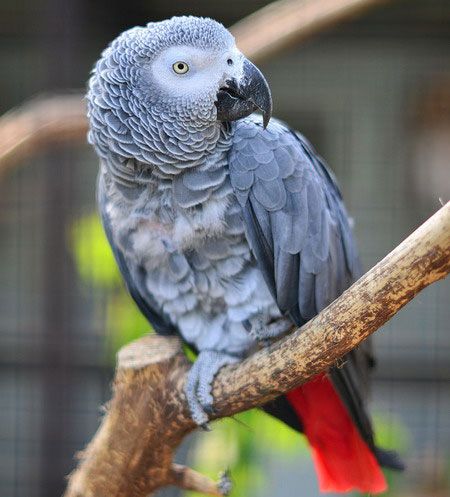 To avoid such situations, first of all, you need to find an approach to the pet. And for this you need to create comfortable conditions for him.
To avoid such situations, first of all, you need to find an approach to the pet. And for this you need to create comfortable conditions for him.
First of all, it is worth remembering that Jaco loves freedom and space very much. Therefore, once and for all, imprisoning him in a cage will not work. In addition to the fact that the home for a parrot should be of an impressive size, it must be given access to the entire apartment. And here the owner should think about it, since traces of Jaco's stay in the form of feathers and down can be anywhere.
Another feature of a feathered pet is its tendency to reproduce various sounds. Even if he is left alone, he cannot help but chat. He needs to shout down the working TV, the owner speaking on the phone - be sure to “help”. There is even a funny joke on this subject that there are two types of parrot owners: those who try to teach the pet to speak, and those who try to convince the parrot to be silent.
Further, you should get used to the fact that the apartment will have to be cleaned much more often.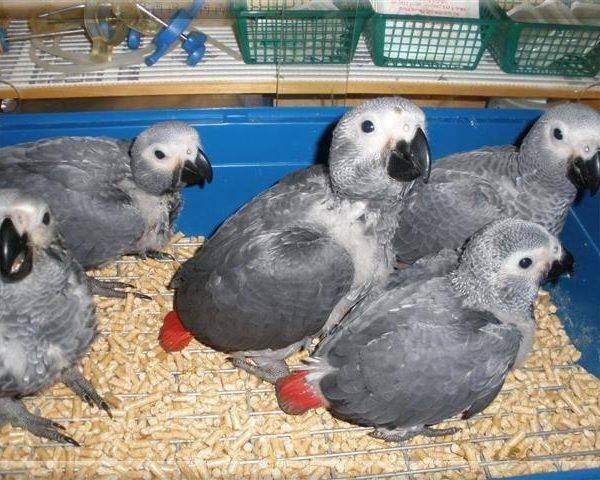 The remains of food, fluff, chips from chewed toys will become a permanent “decoration” of the carpet and the nearest corners. Most of the birds of this breed eat like “pigs”, and despite the protective partitions in the cage, pieces of food will certainly lie outside of it.
The remains of food, fluff, chips from chewed toys will become a permanent “decoration” of the carpet and the nearest corners. Most of the birds of this breed eat like “pigs”, and despite the protective partitions in the cage, pieces of food will certainly lie outside of it.
Birds are very attached to the owner and can experience real stress when he leaves for a long time. Despite his personality, he can be affectionate and sympathetic. In his person you can find a true friend with whom it will be interesting and entertaining for 40-50 years. And it's worth a lot!
photo, maintenance and reproduction at home, cage. Gray talking parrot Jaco.
Gray parrot
photo can be enlarged
Gray parrot ,
belongs to the genus Psittacus, in which it is the only representative
. He gained his fame thanks to his
exceptional ability to copy various sounds and imitate
the human voice.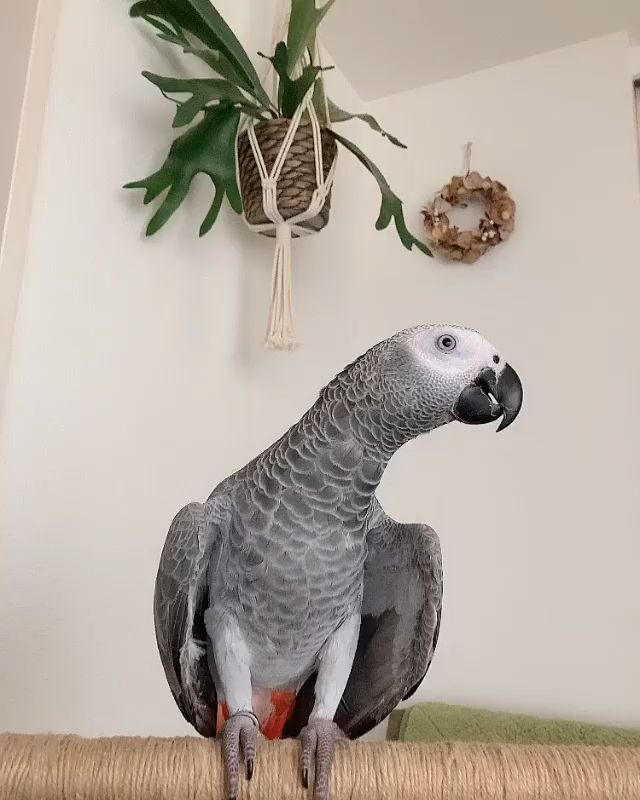 Natural talent has earned this parrot the fame of
Natural talent has earned this parrot the fame of
best imitator, making it the most popular pet among
bird lovers in many countries. The length of this parrot reaches 30-35 cm, the wingspan is
65, the wing length is 22, and the tail is 8 cm. This bird is much larger than
a captive
budgerigar, which of course complicates its maintenance. The jaco has a black curved beak,
the iris of the eye of a mature bird is yellow, and the legs are lead-gray.
His nostrils, cere, frenulum and rim around his eye are covered with
leather. The long wings have well-developed flight feathers, the tail
is of medium length, the edge is even in shape. In the plumage of the Jaco, there are two main colors
- ash-gray feathers with slightly lighter edges
and purple-red tail feathers. Bird Appearance
can be seen on high-quality photos in the text.
Most often gray parrots live in dense mangroves
along the banks of rivers, especially in estuaries.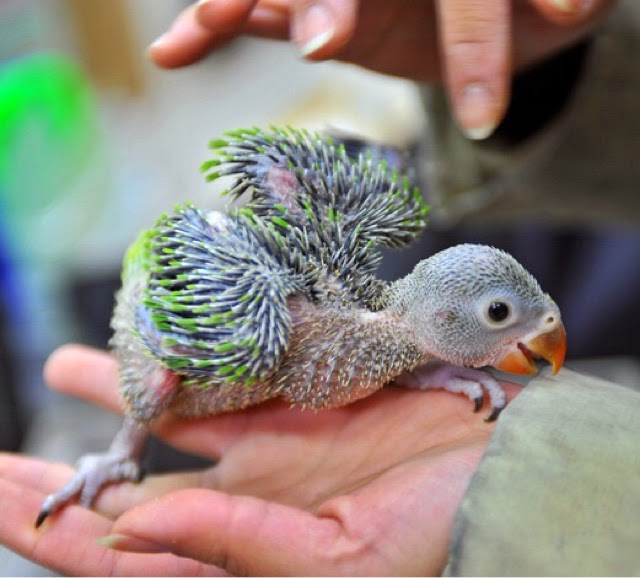 Even at the end of the last century,
Even at the end of the last century,
birds met in boundless noisy flocks. Now more often
only small groups are found than flocks. These birds
keep in communities only outside the breeding season, the nesting pair separates from the group and
chooses a breeding site for itself. Non-breeders congregate
in the evening in flocks and settle down for the night on the highest trees.
In the morning, when the plumage dries up, birds flock to the fields to feed
on semi-ripe corn, causing serious damage to agriculture.
They do not bypass their attention and banana plantations.
Flying from tree to tree, they willingly eat fruits, nuts and berries, and
also seeds of oil palms. Jaco parrots fly hard, their
flight is similar to the flight of ducks. They climb trees quite clumsily, and on the ground they are completely helpless.
Red-tailed Jaco
photo can be enlarged
In nature Gray-tailed birds are noisy birds , they
scream loudly and piercingly, flying from tree to tree. These
These
feathered
are shy and do not let a person close to them. And this is quite
true, since their main enemy is exactly
people. Local residents hunt them for meat, and also take out
from the nests of chicks, feed them, tame them and bring them for sale at
port cities. Beautiful tail feathers are also hunted,
which are used not only as an ornament, but also as an important element of a magical ritual
.
The breeding season of these parrots depends on the
area of distribution, but always occurs during the rainy season. Depending on where this population of birds lives - north or south
of the equator, the nesting time falls on our summer or
winter months, respectively. They build their nests in mangrove
trees, preferring hard-to-reach, flooded places at the mouths of
rivers. Producers use depressions from fallen branches or hollows,
which they expand with their strong beak. Clutch usually contains 3 - 4 eggs, rarely
up to 5.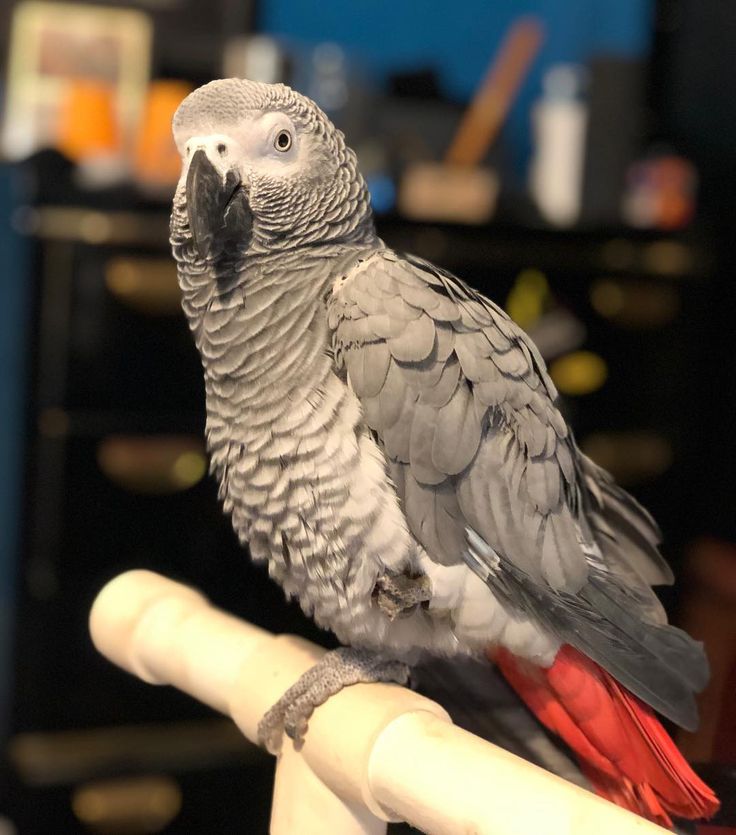
These parrots are very popular
as pets,
they are kept in captivity for their ability to imitate human speech
and other sounds. This leads to massive illegal capture of
gray parrots in the wild
nature and export to other countries in huge quantities
. This causes irreparable harm to the
population and makes it difficult for them to reproduce in nature. The gray
African parrot is listed on the CITES list, which bans the trade of
wild-caught birds.
Gray Jaco parrot
photo can be enlarged
Jaco are considered the most talented
parrots, capable of
onomatopoeia . On average, a bird can memorize over 100 revolutions
speech. Extensive research conducted with a gray parrot named Alex
by Dr. Irene Pepperberg has shown that these birds can
associate human language words with the objects they designate, and are also able to perceive the concept of shape, color,
serial number and even the concept of zero. Many of these animals begin to learn to speak by the age of two or three; the brown-tailed grays begin to learn
Many of these animals begin to learn to speak by the age of two or three; the brown-tailed grays begin to learn
a little earlier than their red-tailed counterparts.
Wild birds
also
very often make different sounds - they whistle, squawk,
squeal, snap their beak loudly, etc. At home, these sounds
may seem annoying to many, but this is part of their nature and
who wants to get such a pet will have to come to terms with it. Also, often
such pets tend to repeat the sounds made by consumer electronics:
telephone, intercom or alarm clock. In addition, they copy the sounds of
wild birds living on the street.
There are mainly two subspecies of the gray parrot - (Psittacus
erithacus erithacus) - red-tailed jaco and (Psittacus erithacus
timmeh) - brown-tailed jaco.
Red-tailed gray parrot, nominal subspecies Psittacus
erithacus erithacus. Its habitat is located to the north of the
equator and extends from the west of Togo to western Kenya, and in the south -
from northern Angola and the southern regions of the Congo to the northwestern part of
Tanzania. The total length of this bird is 34-36 cm, the length of the wing is
The total length of this bird is 34-36 cm, the length of the wing is
23-24 cm, tail length 8-9 cm, weight 380-420 g. Beak black, cere hairless, cheeks not feathered, they have a whitish-gray
elliptical spot, light gray iris, dark in young birds
. The plumage is ash grey, but the feathers on the chest, head and neck of
have a lighter or darker edge, which creates the characteristic ripples of
. The back of the back, tail and front coverts are red.
Flight feathers of the first order are almost black, wing coverts are dark gray.
Paws are gray, claws are dark. In young birds, the back and wing coverts
are brownish-gray, tail and undertail with gray spots. The dark
iris gradually becomes gray, brightens, later, in the fourth year of life, it acquires a whitish-yellow hue. The value of
individuals may vary depending on the geographic location
of the habitat
of the populations. In some specimens, the plumage color may acquire a silvery
tint, which is also associated with regional
features.
Distribution area of brown-tailed parrots
Jaco - southern Guinea, Sierra Leone, Liberia, western
regions of Ivory Coast. Their habitats
gravitate towards the coast; in the depths of the mainland, brown-tailed jacos are rare.
Total length of this bird 31-34 cm, wing length 20-21 cm, tail length
8 cm, weight about 330-350 g. . Plumage dark grey, chest and belly
light grey. Tail feathers maroon, iris
light yellow.
Maintenance of jaco parrots
Brown-tailed jaco
photo can be enlarged
As
pets parrots
jaco conquered the love of the ancient Greeks
about 40 years ago and
more years ago Back then, only
noble and wealthy people could afford the pleasure of possessing
a beautiful talking bird. One of the most famous owners of
such a bird was King Henry VIII. Who knows, perhaps it was
that the parrot was the best adviser to the king, because these birds can literally reproduce
literally everything that was said in their presence.
Despite their natural ability to win over even the most
noble persons, these parrots themselves do not require royal care and
are quite unpretentious in content. They do not have
exotic preferences in food - a variety of fruits,
vegetables, nuts, berries, herbs. And the fact that they do not like drafts and
tobacco smoke, so who loves them? The only thing that, perhaps,
gray parrots are really demanding is attention. This
is an amazingly social bird. For full-fledged happiness, they need at least a few hours of close communication with a person
whom they trust every day. By the way, to gain the trust and affection of a
pet, you need a lot of patience and time. But when you are
will become a real friend for your parrot, you will never regret your choice
.
The adaptation of a gray parrot to new
conditions and new people can be very extended in time. Its
duration depends on many factors: the age of the bird,
different individual characteristics, as well as the time and effort
spent by the owner to make this
difficult period for your pet as easy and smooth as possible.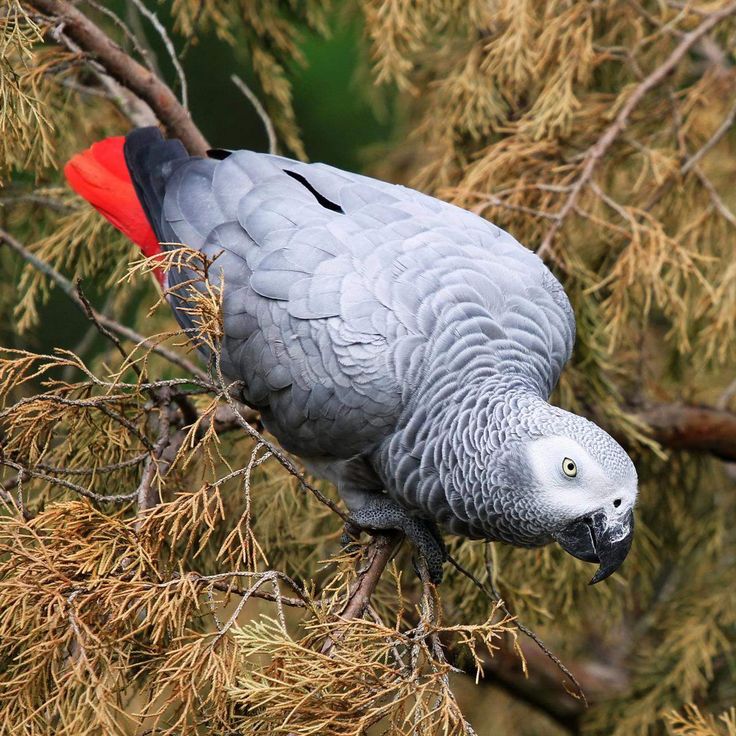 First time after purchase
First time after purchase
animal, you need to leave him alone,
to give him the opportunity to get used to the new environment. It is better not to let the parrot and other pets out of the cage
and control the contacts of the parrot and other
pets. Young specimens get used to a person quickly enough
. Jaco tends to choose for himself a leader in the community,
bird or human. The speed of its taming directly depends on the time and attention paid by the owner to
.
Gray parrot unusual mutation
photo can be enlarged
Gray parrot is not
a decorative pet. This bird is not suitable for
permanent keeping in cage . She is in dire need of communication and,
being outside the cage, should not be left to herself. Jaco -
champions in the ability to reproduce human speech. This pleasant moment
can be brought closer if you spend some time learning
how to talk. Classes should not be too long, several are better
Classes should not be too long, several are better
lessons a day for several minutes than one long one. Words must
be pronounced clearly and separately, it is also necessary to use
an associative way of teaching speech, to use words and expressions
only in those moments when this or that phrase is appropriate.
If the
owner already has talking birds, then the Gray is able to
learn human speech from them. At the same time, such a talking
parrot itself
can become a good teacher for a newly acquired pet, even
of a different kind. It is very important to teach the bird not only to communicate with
people, but also to be able to entertain itself on its own, so that,
temporarily being alone, it does not get bored. To do this,
needs to provide her with toys , which need to be changed from time to time
. With insufficient employment, both communication with the
owner and toys, your pet may experience serious
psychological problems that can provoke
feather plucking.
Gray parrots also need at least ten hours of darkness and
silence. All such parrots tend to get used to their place, and
react painfully to its change; moreover, even minor changes in the familiar environment
also make them nervous.
You can not put the cage in a draft, next to heating appliances,
at the door, near the TV. The cage should be well lit but bright
direct light and open space are a source
discomfort, so you should not put your home on the windowsill, and
is better at the opposite or side wall. One of the sides of cage
must face the wall to create a calm zone
. A parrot has no place in the bedroom or kitchen for hygienic reasons
. And one more important condition - the height of the cage should be
so that your communication with the bird takes place at the level of
eyes.
Jaco gray
photo can be enlarged
The cage must be large enough so that
the parrot, sitting on the perch, can spread its wings and wave them
freely without hitting anything.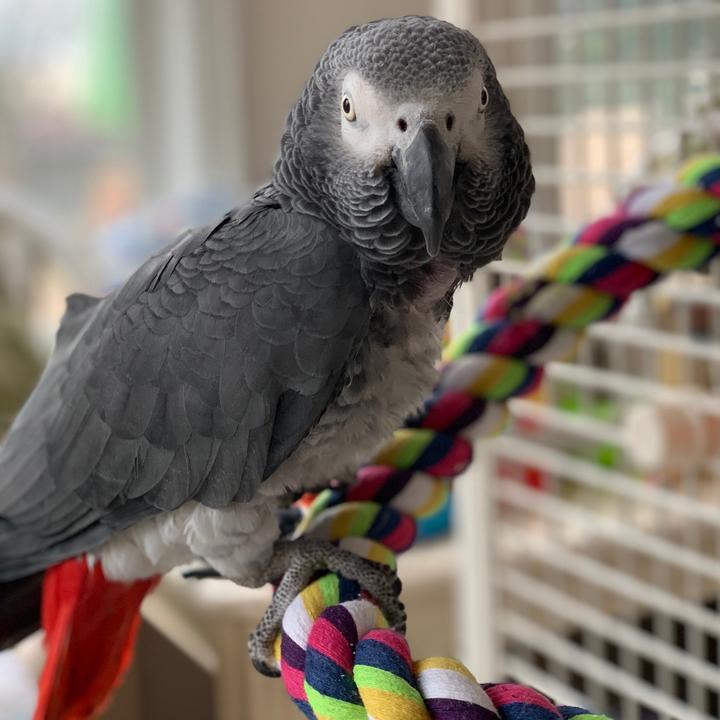 As for the shape, it does not matter more,
As for the shape, it does not matter more,
although, rectangular in
is still more convenient in many respects. The material for the frame is
stainless steel rods with a diameter of 3-4 mm, the distance between them is
so that the bird cannot stick its head through. Keep in mind that the parrot will bend,
break, crush, scrape and unscrew everything that is somehow
amenable, so the cell must be absolutely invulnerable.
should be locked very securely, best of all with a key, since the Jaco parrot
shows remarkable abilities in terms of opening the most ingenious locks.
The door must be of such dimensions that through
it is possible to freely carry a pet sitting on the arm, while
the door that folds down will be the safest for the bird. AT
the cage needs to install at least two perches, at different heights
, just don't put one under the other, otherwise the bottom one will
be polluted. They should be made of different thickness, then
jumping from one to another, the bird gets additional
opportunities to strengthen the muscles.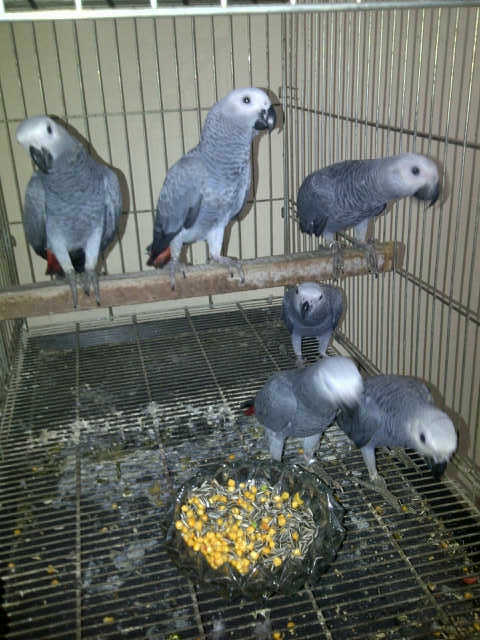 The perch should be comfortably
The perch should be comfortably
wrapped around by bird paws, in order to clarify the diameter, it
should be given a conical shape, from one end 3.5 cm, from the other 2
cm - the animal itself will choose the thickness it needs. The perch should not be
made of metal, as its regular use causes severe
paw disease.
Jaco parrot in its natural environment
photo can be enlarged
The main signs of a healthy bird , intact paws,
normal bowel movements, calm breathing. Signs of a sick pet - frizzy, reduced reaction to others, dirty, stuck together
feathers on the stomach and near the cloaca, extinct eyes, opaque, nostrils
stuck together, shallow breathing through the open beak, sternum bones
protrude, the stomach is sunken, the beak is peeling, liquid greenish on the paws
bowel movements. A Jaco parrot constantly has a small amount of dandruff and
fluff - this is normal. During molting, the number of both
During molting, the number of both
increases. Insufficiently humid air in the room can also0039 lead to an increase in the amount of dandruff.
The most important element of
care for your pet is bathing. These birds love water .
Regular bathing, ideally daily, maintains the optimal
structure of the feather, skin, horns of paws and beak,
cleans them of dirt and dust. Pets can be sprayed with a
spray bottle, put in cage water baths, and finally
bathed in a warm shower with a gentle jet. It is important to remember that
the bird should be accustomed to these procedures gradually and very carefully,
so as not to scare. If you have contact with your pet and
he allows you to take him in your arms or at least on a stick, you can
take him to the bath and thoroughly, until completely wet, wash him
under a weak stream of warm shower. If he still does not trust you
completely, take him directly in the cage to the bath and wash him in the shower,
and wash the cage at the same time.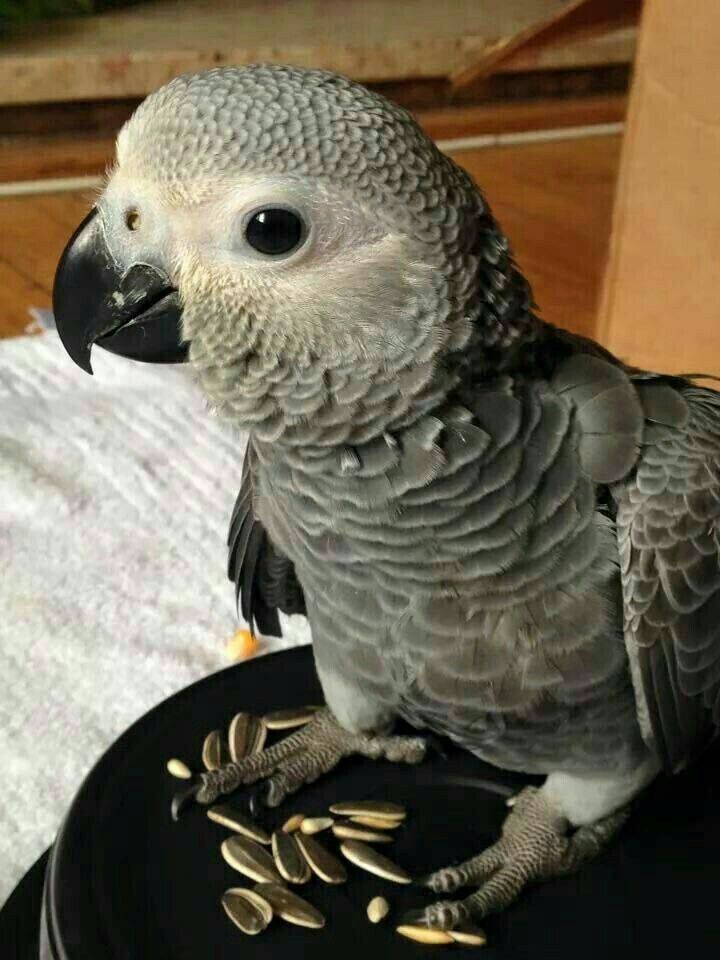
Drying out of
plumage is accompanied by increased heat transfer and therefore the bird
should dry in a warm place, with a temperature not lower than 20 degrees
Celsius. One of the most difficult tasks when keeping birds in
cages is to create an optimal light regime. In the summer, providing
with sunlight is not a problem, of course, remember to shade the cells from direct sunlight in order to avoid solar
or heat stroke. In winter, the deficiency of ultraviolet light can be replenished
by irradiating fluorescent lamps such as Sun-Glo and Life-Glo, using
which provides excellent results.
Gray parrot breeding
Gray gray couple
photo can be enlarged be at the age of three. The ideal
option when creating a pair is to reproduce an environment similar to natural
, when birds have the opportunity to choose a partner
independently from several neighbors in an aviary or room.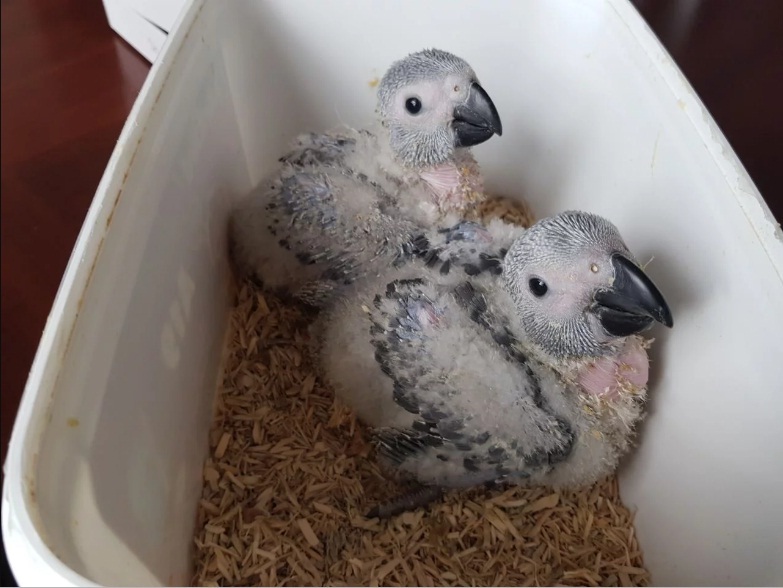 For
For
this animal must first be marked so that they can be
distinguished. Multi-colored detachable rings
on the legs, small marks made with paint on the body of birds, etc. are used as marks.
Watching the behavior of birds, you will soon notice that some
individuals prefer certain birds. This is manifested in
mutual cleaning of the feather, joint selection of a place on the perch for rest
and roosting, etc. Ultimately, the bird begins to feed partner
from beak to beak with a burp, which is a sign of the formation of a pair,
which can already be separated.
But you should make sure that these are
specimens of different sexes. The fact is that homosexual relationships arise in groups and
there is a risk of trying to achieve reproduction from a same-sex couple. Having determined the gender of
birds, if they have not made the choice of a partner
on their own, do not rush and immediately bring them together in one
aviary.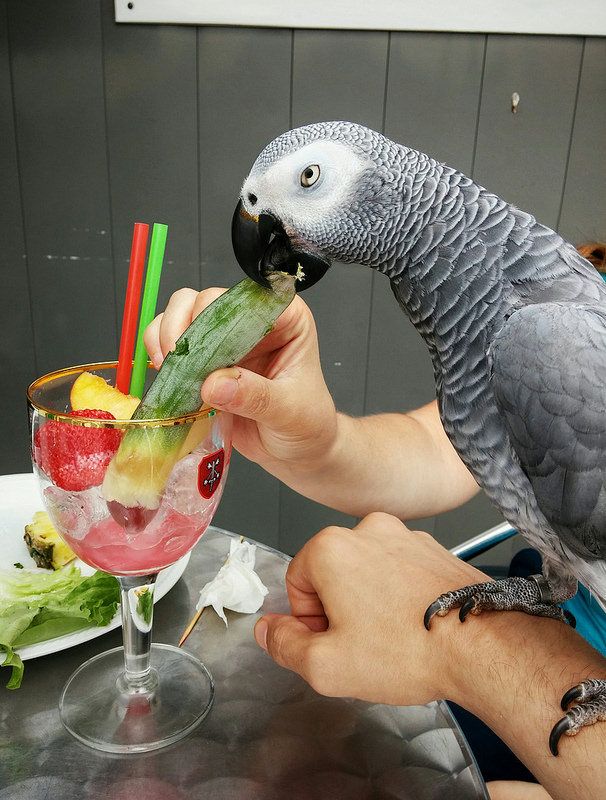 The best way to introduce the animals closer is to put two
The best way to introduce the animals closer is to put two
cages side by side and let the birds get used to each other.
Having noticed the relative position, the cages can be placed close and
observe the behavior of the pets. Sorting feathers on each other's head even through the bars of cages, attempts to feed a partner from the beak into the
beak is a sure sign of pair formation.
Spawners breed at a specific time
called mating season. For the Jaco parrot, this period is
lasts from October to May, but some pairs can nest
at other times, more often in June. A potential pair is housed in
large cages or aviaries where they are expected to nest.
Most of the captive breeding of African Greyhounds occurred in
relatively small enclosures. One of the first cases occurred in a
metal enclosure measuring 180x80x120 cm.
Gray chick
photo can be enlarged
There is no unified opinion
about the direct nesting of the Gray Gray.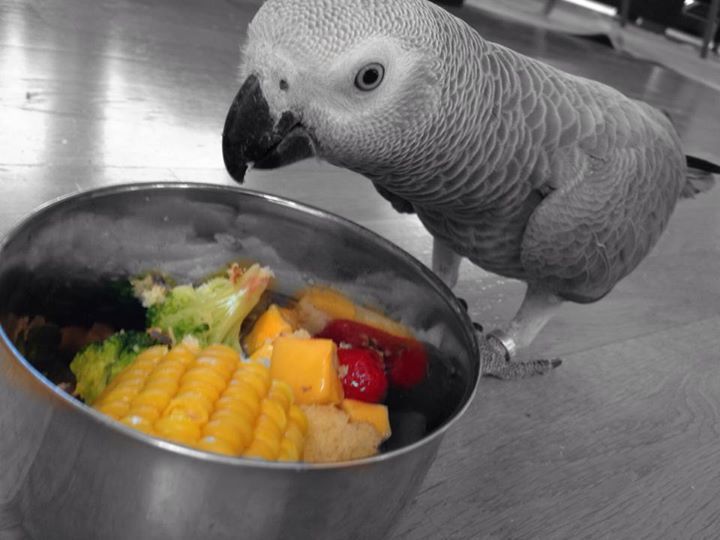 Various options for nesting boxes are offered: from
Various options for nesting boxes are offered: from
the smallest, 30x30x30 cm, to 40x40x80 cm. In
, some manuals suggest making boxes from 50 to 190
cm high, with an internal perimeter of 25x25 or 30x30 cm. Here, probably
individual preferences of each couple may also appear,
which may have to offer 2-3 options to choose from.
Birds willingly populate nest boxes cut from solid tree trunks
. The sizes are varied: hollows with an internal diameter of 25 to
70 cm and a height of 30 to 140 cm. Jaco parrots feel more
comfortable if the entrance is not too free and they have the opportunity to cover it with their
body, protecting the nest from predators. Typically
the size of the notch ranges from 10 to 15 cm. In any case, the manufacturers of
will adjust the size by nibbling the notch to the desired size, in their opinion,
.
Birds always work on the inner walls of the nest and,
, to prevent their complete destruction, the walls can be fixed
with iron staples at the level of the beak of a sitting bird. The entire
The entire
metal structure cannot be used to protect the internal walls of
. Spawners often abandon such nests due to the impossibility
chew on the walls. Apparently, the imitation of natural activity to improve the inner walls of the hollow was built into them from the very beginning.
On the
rear wall, in relation to the notch, it is necessary to make a tightly closing and locking door
, which will be needed for
control of the condition of the clutch and chicks. The box is hung as high as possible
outside the cage or enclosure or inside, but in the darkest place
and, of course, so as to have access to the door for control
sockets. At the bottom of the box you need to put a few handfuls of sawdust and
small chips that serve as bedding. It’s good to add some rotten stumps there. It should be kept in mind,
, that the
aviary or cage should be located in the quietest and most peaceful place, and birds should be protected from sudden noisy visits,
sharp and unexpected sounds, any action that could disturb
the peace of nesting parrots. Many cases have been described of
Many cases have been described of
spawners abandoning clutches and chicks as a result of such shocks.
Greyhound clutches from 3 to 5, usually 3-4 eggs, which
are laid at intervals of 2-3 days. The incubation period
lasts 28–30 days, but may be shorter or longer
depending on the incubation density and ambient temperature.
Only the female incubates, the male guards the nest and feeds her.
Incubation usually starts with the second and even the third egg. Female
incubates very closely and leaves the nest for only a few minutes. With
the appearance of chicks, and they appear with an interval of 2–3 days, and therefore
cubs in a brood are different in size, you need to carefully monitor the feeding of birds
. Food richer in proteins than usual is given
2-3 times a day, it should be as varied as possible and its amount should increase as the young grow. Normally,
chicks do not receive any nutrition during the first
hours of life.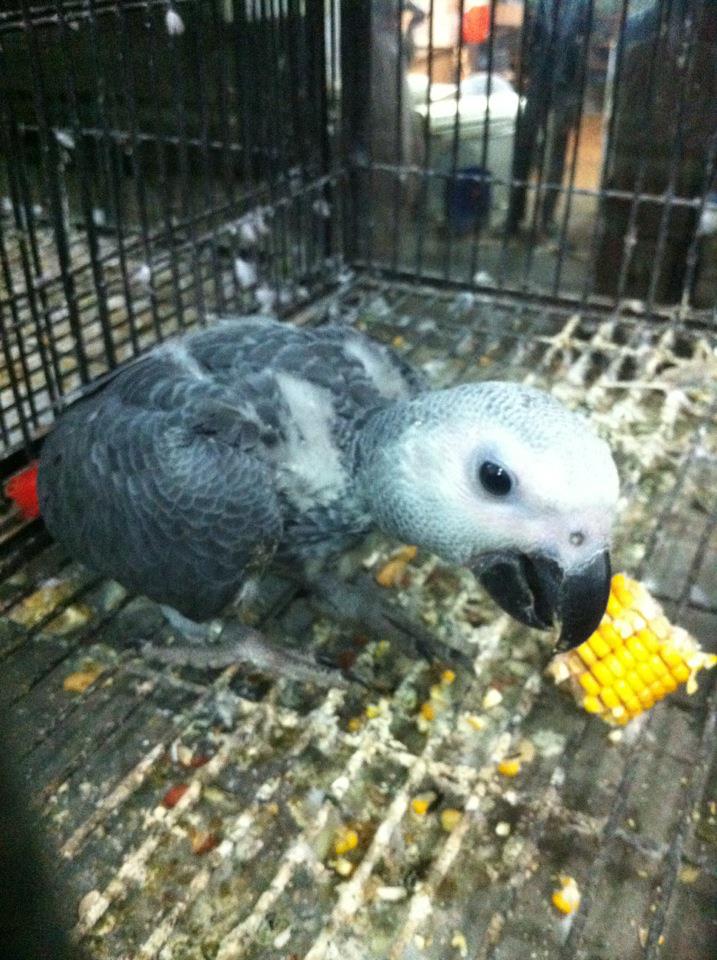 Then the female feeds them for the first time with goiter milk -
Then the female feeds them for the first time with goiter milk -
a whitish liquid formed in the female's goiter, in which the source of
proteins are the separating cells of the epithelial lining of the walls
of the goiter. Hatched chicks are flesh-colored.
A pair of Gray Grays in an aviary
photo can be enlarged
The way the female feeds them
during the first 7-8 days of life is very interesting. Newborns have large,
heavy heads, which they are not able to raise up to receive food from the mother's
beak. Therefore, the female with her hooked mandible
captures the chick, turns it over on its back, and in this position
pours the first drops of food down his throat. Initially, the female feeds the chicks
alone, and only by the end of the first week does the male join her,
, who previously fed only the female. By the 10-18th day, the eyes of the offspring
open. The female spends about four more weeks in the nest, warming and feeding the chicks, and only then begins to fly out for food.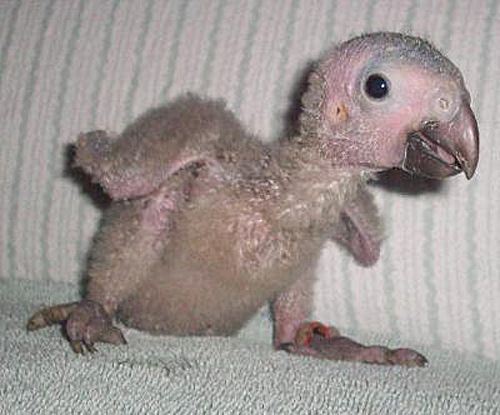 Since then, both parents have been feeding. The first
Since then, both parents have been feeding. The first
stumps of future feathers appear in young animals by the fourth week of
life. The female spends the night in the nest, warming the chicks for about 8 weeks.
For the first time to look at the world, looking out of the nest, the cubs decide to
10-11 weeks of life, and then begin to leave the nest. The eyes of
are black at this time, and the mandible is no longer than the mandible. At
the slightest alarm and at night the chicks hide in the house. This is the time
for the first self-feeding, but the
chicks are not yet able to gnaw hard seeds, and they are given only soft food.
Feeders are placed flush with the perches for convenience.
Healthy, well-fed chicks appear round, with
tight, shiny skin. If the cub is thin, with wrinkles on the skin,
immediate intervention is required either in the form of feeding
the chick, or in its removal from the nest and further artificial feeding
.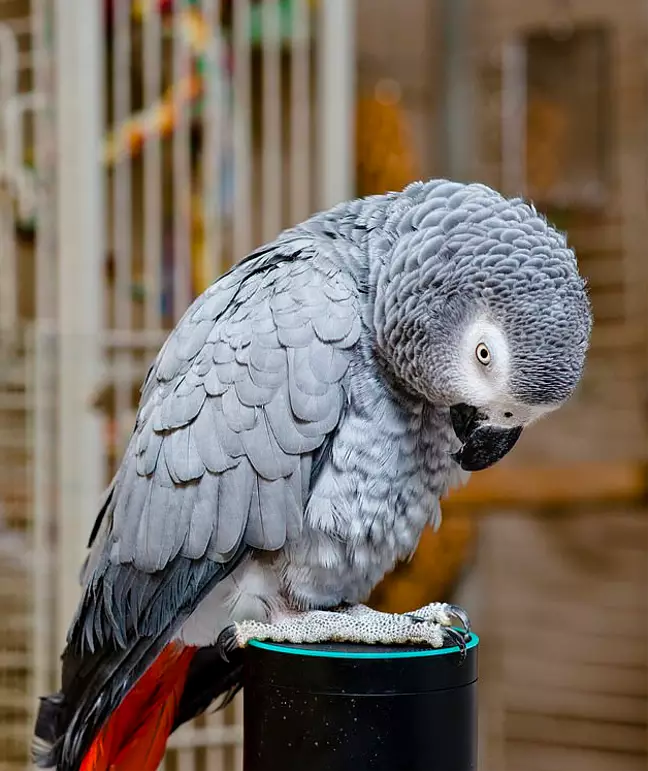 It should be borne in mind that in large broods,
It should be borne in mind that in large broods,
Gray parrots sometimes feed two or three chicks that appeared first. They
become dominant and get most of the food offered.
Afterbirths or frail, inactive chicks are left unattended, and
they usually die.
It is quite possible to feed them artificially and keep them
alive. Hatched chicks are placed in a container where a constant temperature is maintained
at 36.5 °C. The
incubator with automatic temperature control is very good for this purpose.
is placed in a bowl of water to maintain high humidity. Don't forget to hold the incubator
until the chicks are placed there, a few days at
working condition. Under these conditions, on a cloth bedding, chicks
can stay for 7–8 days from the moment they are born. After a couple of hours
the cubs will dry up and start to worry, squeak.
At this time,
chicks should be fed for the first time. A few
A few
drops of boiled warm water are poured into them with the addition of a small amount of
physiological solution of Ringeralactate (Hartman's solution). This
is conveniently done with a teaspoon with the sides bent inward
edges. In the future, it is convenient to feed the chicks in this way.
A few drops of this liquid on the tip of a spoon are brought to the beak of
and carefully poured. In no case should
be poured in by force, the chick may choke. We must persistently seek
for the cub to swallow this water. This procedure should be repeated 2-3
times every 2 hours, it provides healthy digestion for young animals.
A small amount of liquid fruit puree is then added to it.
Any puree intended for baby food will do -
banana, apple, etc., most importantly, it should be without the addition of
sugar. Here in the future, you can add other types of baby food
in the form of vegetable puree with the addition of chicken meat.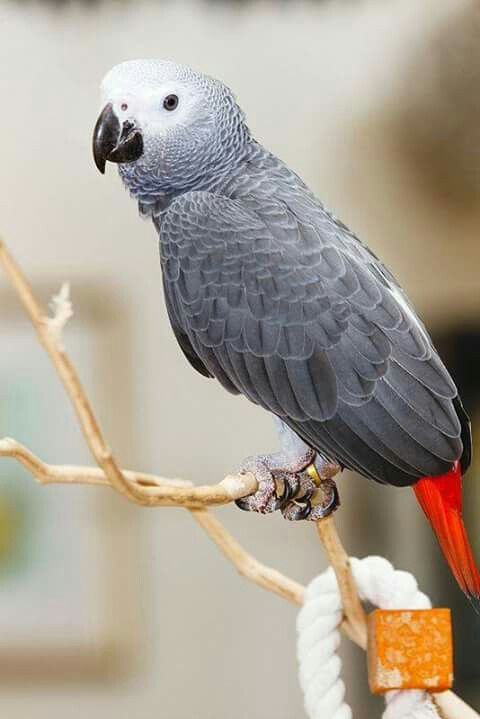
Partial albino, white tail feathers. When feeding
, you need to make sure that the food does not cool down. A single dose is a pinch on the
tip of a knife. These supplements will form the bacterial flora in the body
chick. Normally, this flora is formed when the female feeds on food burps. A week later, the chicks are transferred to a closed brooder,
, where the temperature is somewhat lower, and then it is lowered to room temperature over
days. The already adapted chicks
are then transferred to boxes lined with shavings. With age, the needs of
young animals for food grow, respectively, and portions increase. Food
should be thicker, but just enough to make it comfortable to spoon feed.
With age, the intervals between feedings also lengthen. If the first
6–7 days old chicks are fed every 2 hours, then the intervals
are increased to 3–4 hours, and at two weeks of age,
can be fed every 6 hours. At the age of 4-6 weeks, the chicks are fed twice a day.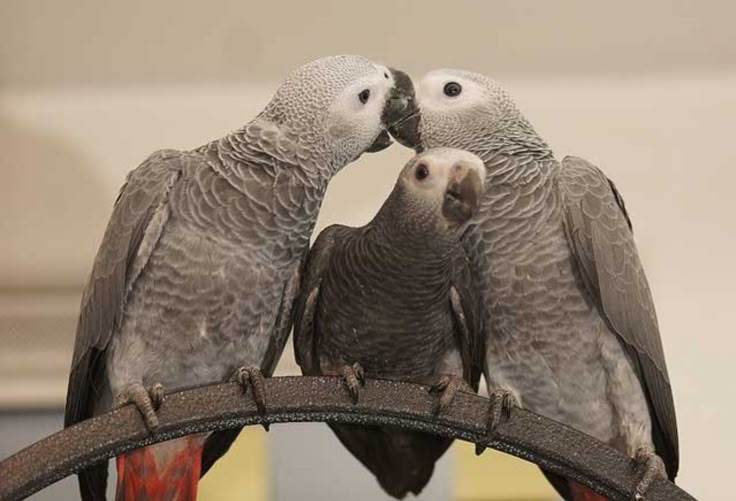
Once they start taking solid food on their own, they can
be fed once a day.
Before each feeding,
make sure that the chick's stomach is empty - this will allow you to be sure
that his digestion is normal. Remaining food in the crop
means that the chick has slow digestion and needs to be
taken care of. This may be due to the dehydration of the
chick, which in this condition appears thin and its skin
takes on a dark red hue instead of the normal pink. In
, during several feedings, Ringeralactate solution is added to the food,
as in the first days of feeding. But it can also be a sign of a
bacterial or fungal disease that will require
treatment. It may be necessary to do a litter analysis to detect
infection. These troubles are treated accordingly with
antibiotic (doxycycline) or nystatin. Growing
chicks intended for the role of pets, they are selected from their parents
at the age of 1–1.